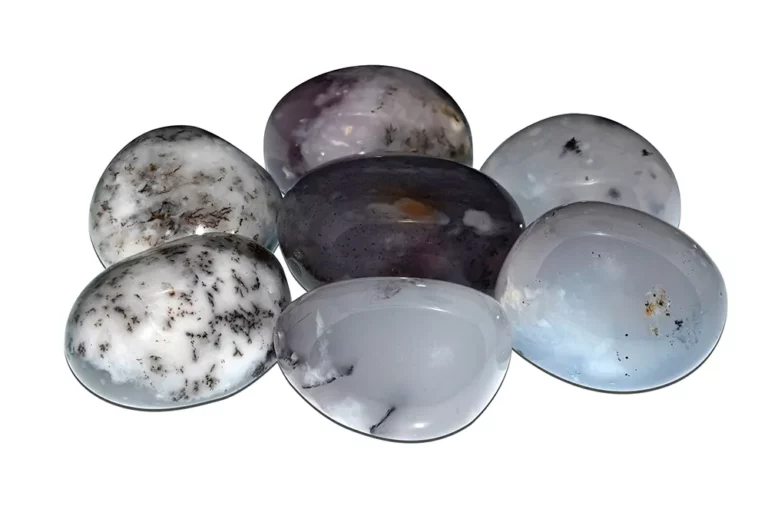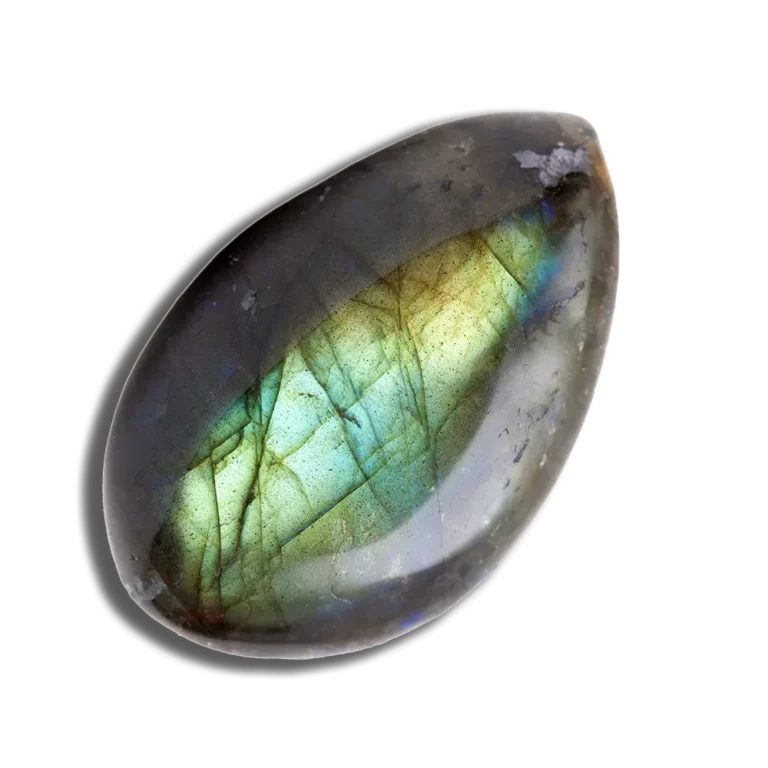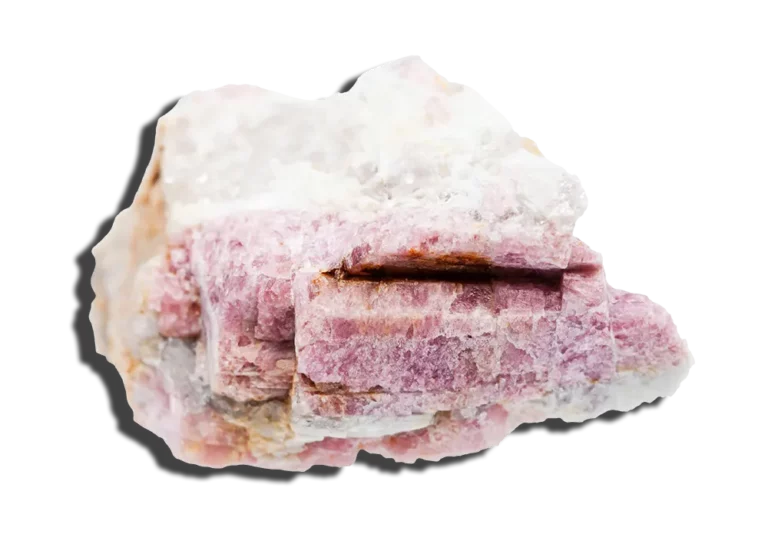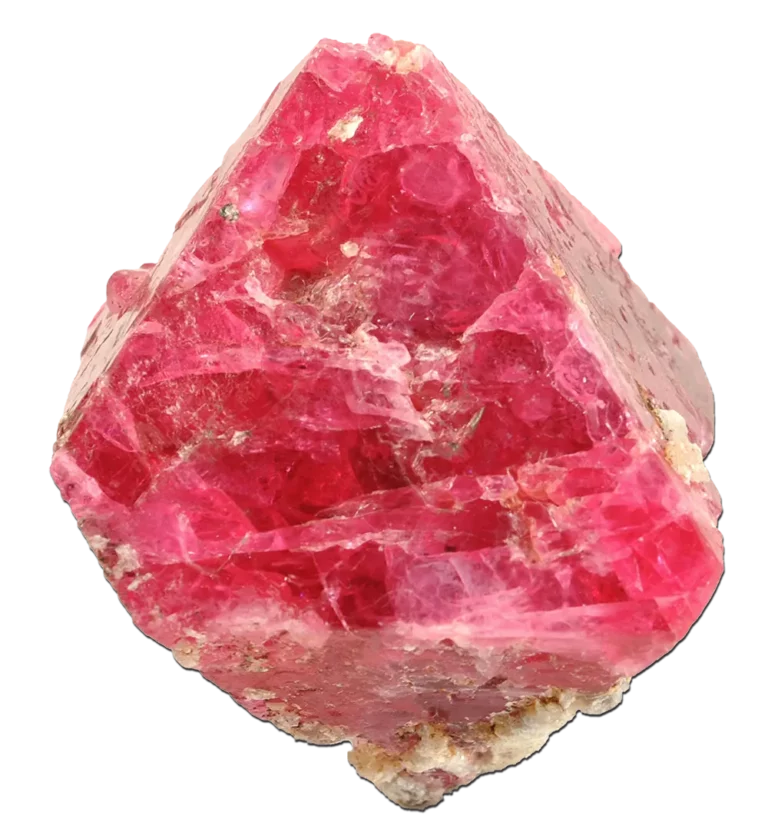Ethiopian Emerald Stone: Properties, Benefits & Meanings
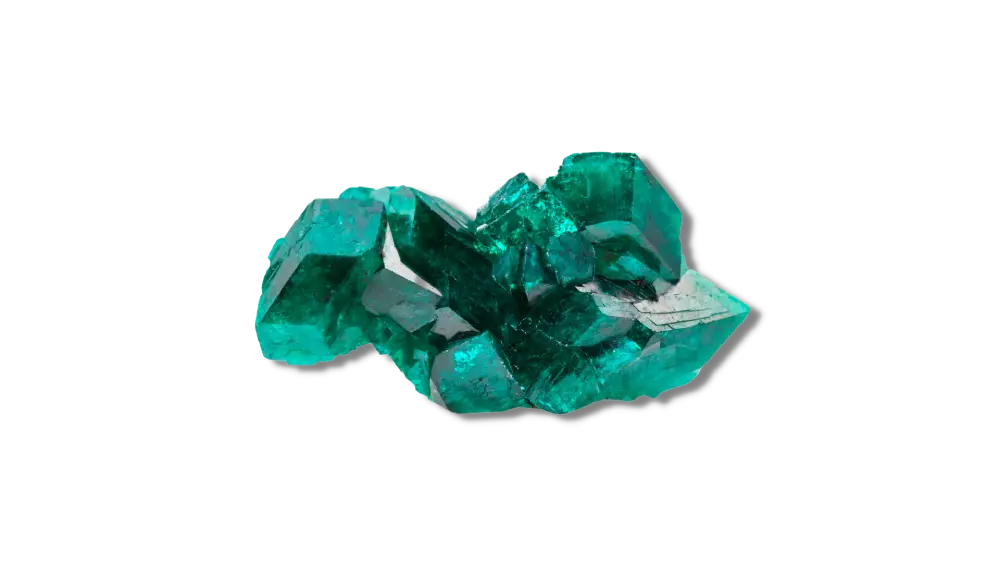
Ethiopian Emerald Stone Overview
Ethiopian emerald stones are a beautiful and rare gemstone. These stones are mined in Ethiopia, known for their rich green color and intense sparkle. They’re a type of beryl and get their green color from a mineral impurity.
They are believed by many to be the most powerful and healing of all green gemstones. Because of this, they are highly sought after by alternate medicine practitioners. This article will take a look into the properties, uses, and meanings of the Ethiopian Emerald stone.
What Is A Ethiopian Emerald Stone?
Ethiopian Emerald is the name given to green beryl stones found in Ethiopia. It is known for its powerful healing abilities. People believe that they can cure many diseases and illnesses.
These stones are said to symbolize healing and foresight. Furthermore, they are considered the birthstone of May, making them a good fit for people born in that month. The are connected to the heart chakra and can help you open it up if you have any blockages in your channels.
The mineral beryl has many varieties, but only two are considered gems: aquamarine and Emerald. Both types of beryl have the same chemical composition, but their crystal structures are slightly different—which accounts for their unique appearance.
Emeralds tend to be bigger than aquamarines (though there are exceptions), and they’re usually darker in color too.
In addition to its coloration being critical in distinguishing Ethiopian emeralds from other green gems like peridots or tourmalines, it can also help determine how much value such stones carry within today’s market.
History Of The Ethiopian Emerald Stone
Unlike many gemstones, the history of Ethiopian emerald stones is relatively short. In fact, Emeralds were only recently discovered in Ethiopia in 2016.
On the other hand, Emeralds themselves were first described in 1489 by a German chemist named Albrecht Durer after he recognized their greenish hue while visiting Egypt.
Emerald has been used as jewelry since antiquity. It became popular with royalty during the French Revolution because it was one of their favorite colors to wear—and because they could afford to do so!
The first Ethiopian Emerald stones were discovered in the Seba Boru district of Ethiopia in 2016, and since then, they have become popular with jewelers around the world.
Most of the Emeralds discovered in Ethiopia are commercial grade. This means they are not considered high enough quality to be used as jewelry; instead, they’re used for industrial purposes and as decorative stones.
However, some gem-grade Ethiopian Emeralds have also been found and prized by jewelers around the globe. They are usually under 3 carats and are often used in jewelry designs because of their distinct beauty and rarity.
Ethiopian Emerald Stone Appearance
They’re typically a medium-dark green color, with a bright green hue that changes to a darker green depending on the light. They can be translucent or opaque, but they always have a good amount of transparency.
The intense green color is due to the presence of chromium, vanadium, and iron in its chemical makeup. Additionally, they contain trace amounts of other elements like boron, cobalt, and manganese. These trace elements give each stone its unique color and hue, making it unique.
Like other schist-hosted emeralds, Ethiopian Emerald stones have inclusions of biotite crystals, but they are also often multiphase inclusions that include pyrite, mica, and/or chalcopyrite.
Birthstone
Emerald is the birthstone of May and represents wisdom and creativity. In addition, the Emerald is also considered an emblem of spring and rebirth—which makes sense since this beautiful green gemstone is associated with nature’s lush greenery that comes alive after winter thaws away into springtime flowers.
Physical Properties Of The Ethiopian Emerald Stone
| Mineral Group | Beryl |
| Formula | Be3Al2(Si6O18) |
| Color | Green |
| Hardness (Mohs scale) | 7.5 – 8 |
| Refractive Index | 1.581–1.589 |
| Fracture | Uneven, Conchoidal |
| Luster | Vitreous |
| Specific Gravity | 2.68-2.78 |
| Transparency | Translucent |
Where Can You Find Ethiopian Emerald Stones?
The Ethiopian Emerald stone is a beautiful stone that is mined in the country of Ethiopia. These stones are found in Shakiso, Borena Zone, Oromia Region, Ethiopia
This stone was first discovered in Dermi when villagers dug for rocks to build their homes. The Emerald was then sold to an agent who took it to Addis Ababa to be cut and polished.
The villagers were paid very little for their quarrying efforts, but they did receive some money from time to time, as well as food from the agents who came around from time to time looking for new stones to purchase or sell.
The most important thing about Ethiopian emerald stones is that they are mined the traditional way, i.e., by hand. This means there is no use of heavy machinery, which can damage the stones. The miners also take great care not to damage other precious gems that may be found while digging for them.

How Is The Ethiopian Emerald Stone Formed?
The Ethiopian emeralds are formed as a result of hydrothermal activity. First, a hydrothermal vent in the ocean floor emits carbon dioxide, which reacts with other elements to create an emerald-bearing solution.
This solution then flows through cracks in the crust and into a fissure. It’s then trapped by other more stable minerals than emeralds and can’t be dissolved as easily.
Eventually, gravity causes these trapped minerals to flow out of the cracks and into the surrounding rock, where they form layers over time. Finally, after millions of years, these layers will be uplifted by tectonic forces and exposed at or near the surface of Earth’s surface.
How To Tell If A Ethiopian Emerald Stone Is Real?
One of the best ways to tell if your Emerald is authentic is by looking at its clarity and color saturation. If it has a high clarity level, it will be easy to see through the stone without any visible flaws or cracks.
Likewise, Ethiopian emeralds should have high levels of saturation so they can show off their vibrant green hue without any signs of brown or gray shades mixed in with it.
A professional gemologist may use LA-ICP-QMS (laser ablation, inductively coupled plasma, quadrupole mass spectrometry) to determine whether an Emerald is real or fake and whether or not the gem is from Ethiopia. This is done by analyzing the trace elements present in a stone.
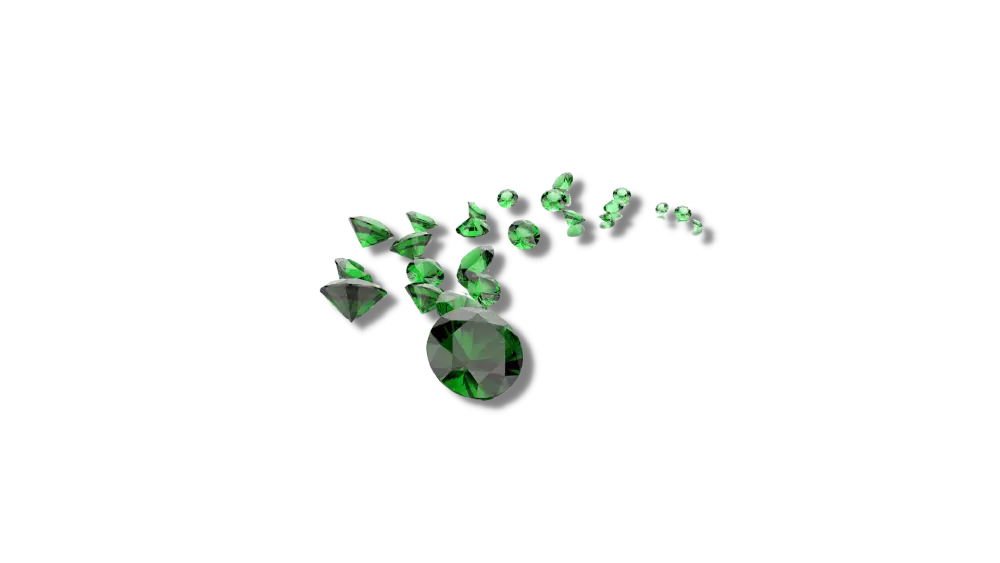
Ethiopian Emerald Stone Value
Ethiopian Emerald stones have been used in jewelry and ceremonial objects for centuries. The value of an Ethiopian emerald depends on several factors: its size, quality, color intensity, clarity/transparency, cut (shape), and how well it is polished/finished.
Quality: Quality is determined by how well an Ethiopian emerald meets standards set by gemologists to ensure that each piece is flawless. This means that the stone should be free from flaws such as cracks or scratches along the surface. The best stones will be clear with no visible flaws or imperfections, while lesser-quality ones might have internal cracks or other defects.
Size: These jewels are usually relatively small in size. A large stone may be no more than 10 carats, while a small one may be less than 1 carat. The larger the stone, the more valuable it is likely to be.
Color: They’re known for their rich green color, ranging from a light emerald hue to an almost brilliant green. The most sought-after Ethiopian emeralds are vivid green in color with no color zoning or brownish tints around the edges of gemstone facets.
Cut: Stones with an emerald cut (a rectangular shape with rounded corners) also have a higher value than stones with other cuts, including radiant or step cuts. However, Ethiopian emeralds can be cut into any shape you like, but the most common shapes are round, oval, or pear-shaped.
The price per piece: A 1-carat Ethiopian emerald will cost about $2,000 per carat, while a 2-carat specimen would be worth $4,000 per carat at today’s prices.
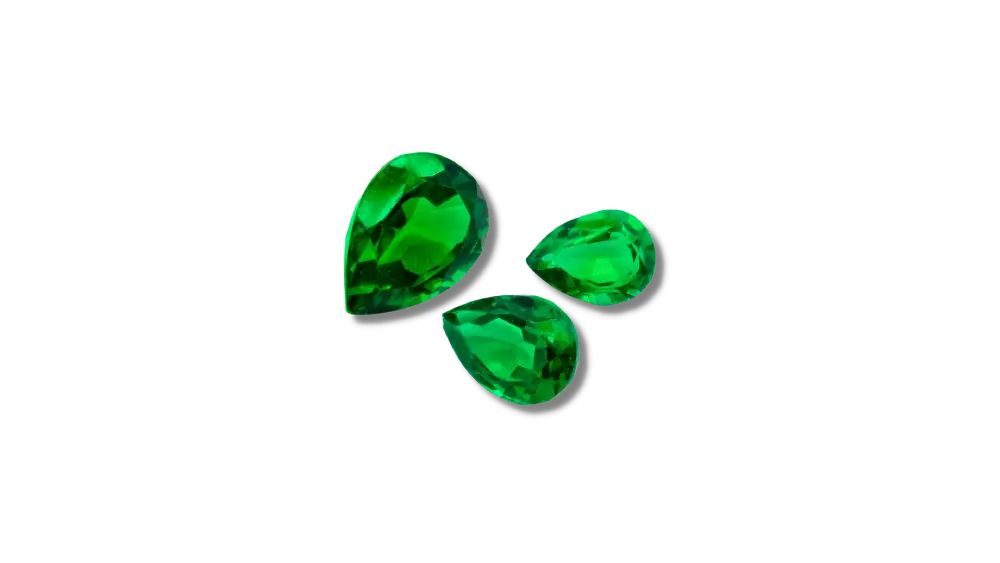
Ethiopian Emerald Stone Chakra Connection
The Ethiopian Emerald stone is an ancient gemstone that is said to help us to connect with our heart chakra. The heart chakra is located in the center of our chest and can be felt as a space inside you that pulses when you breathe deeply.
This stone has been used by some to help heal emotional wounds and foster forgiveness, compassion, and love for all beings.
The second name of this chakra is Anahata, which means “unstruck sound” or “pulse.” It’s said to have qualities of joyfulness and bliss.
Metaphysical Properties
- The Ethiopian Emerald stone is a powerful gemstone. It is said to be able to heal mental, emotional, and physical ailments.
- It is believed that an Emerald pendant can be placed directly on your skin or over any part of the body to ease suffering from illness or pain. Allegedly, this will give you faster results than wearing it around your neck or holding it in your hand.
- It is also said that this crystal also has strong healing properties when used with Reiki and other alternative therapies such as Acupuncture.
- It can assist in removing blockages within the chakras while providing a sense of well-being to its wearer.
- Ethiopian emeralds are a gemstone used for centuries to promote peace, love, and prosperity.
- Many believe that the power of an Ethiopian emerald stone lies in its ability to help you get in touch with the spiritual side of yourself. It can assist you in discovering your true purpose in life, and it can help you connect with your higher self.
- Ethiopian Emerald rings are most commonly used by people with an injury or illness that has left them with pain or scarring, but they are also said to help those who suffer from mental disorders such as depression or anxiety.
- Ethiopian emeralds are said to help boost one’s self-esteem, leading to better relationships with others and a more positive outlook on life.
- It is also said to help people feel more secure about themselves, making them less likely to worry about what other people think about them.
- The crystal also helps us connect spiritually with our surroundings so that it can be used as part of meditation exercises.
Ethiopian Emerald Stone Uses
The word “emerald” comes from the Latin word “smaragdus,” meaning “green.” So these stones have been known as emeralds since ancient times—and they’re still one of the most popular gemstones today!
Ethiopian emerald stones are used as gemstones. It is believed that the use of Ethiopian emeralds dates back to as early as the 16th century. It was used for body art and jewelry making.
In ancient times, they were also used as talismans by shamans and priests who believed they had magical powers. They also commonly appear in jewelry as decoration and an amulet against evil spirits or bad luck.
Ethiopian emeralds are lovely for any occasion. They’re bright, they’re beautiful, and they’re versatile! They can be used in everything from hair accessories to jewelry to holiday decorations.
The most common use for Ethiopian emeralds is in jewelry, as they are durable and resistant to scratches. They can be set in any jewelry and are especially suitable for rings and bracelets. Whether you’re looking for something plain or something with lots of bling, there’s a style that will suit your needs perfectly.
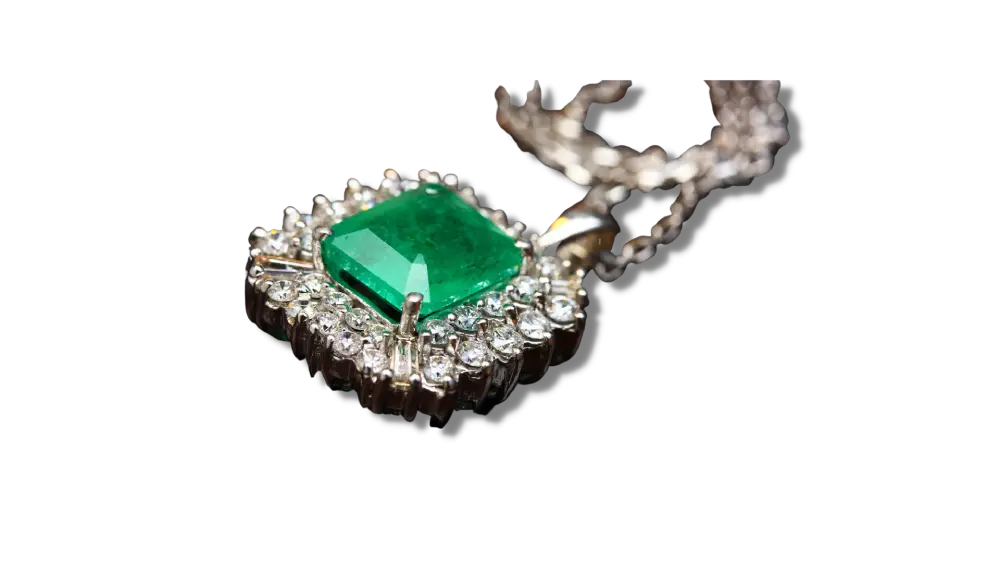
How To Take Care Of Ethiopian Emerald Jewelry?
- Wash your jewelry regularly with lukewarm soapy water, and dry it with a soft cloth.
- Use a soft microfiber cloth to wipe your gemstone. Do not use paper towels or anything else that could scratch the stone’s surface. It is also best to avoid using any ultrasonic cleaner for cleaning jewelry—these devices can damage your stones by causing them to get too hot or dry out too quickly.
- Burn white sage or other cleansing materials to remove any excess negative energy after wearing the item for an extended period of time (this won’t harm you).
- Do not use hot water, steam cleaner, or ultrasonic cleaner. Do not wear jewelry during heavy exercise. Store it in a cool and dry place.
FAQs
Is the Ethiopian Emerald Stone a precious gem?
Ethiopian emeralds are a rare and precious gemstone. They come from the mountains of Ethiopia, where they are found in volcanic rock. They are mined by hand, and each piece takes months of work to extract.
The stones are usually very small—the largest ever discovered weighed less than 1 ounce—and their deep green color is caused by chromium and vanadium.
Ethiopian emeralds are not as common as many other precious stones, but they have been prized since ancient times for their distinctive green color and rarity.
Are Ethiopian Emerald Stones heat treated?
Ethiopian emerald stones are not heat-treated.
Ethiopian emeralds have an excellent reputation for being naturally flawless and bright green. This makes them very desirable to jewelers, who use them to make beautiful jewelry that will catch anyone’s eye.
Which country produces the highest quality emeralds?
Emerald mines in Colombia produce the highest quality emeralds in the world. The country is famous for its emerald production due to the quality of its mines. The mine has been producing emeralds since the 1950s and has maintained high quality throughout that time. The mine produces a wide range of colors from green to blueish green, yellowish green, and brownish green. Colombian Emeralds are more expensive than Ethiopian Emerald stones.
Are Ethiopian Emerald Stones rare?
Ethiopian emeralds are extremely rare. They are only mined in some areas of Ethiopia.
What gems go best with Ethiopian Emerald Stones?
Ethiopian emeralds go well with many different types of gems. The color of this gem is so unique that you can use it as an accent stone in almost any ring or piece of jewelry you make. For example, try pairing your Ethiopian emeralds with diamonds, opals, garnets, or rubies if you’re looking for a more traditional look. If you want something more modern, stick with interesting stones like amethysts, citrines, boulder opals, etc.


